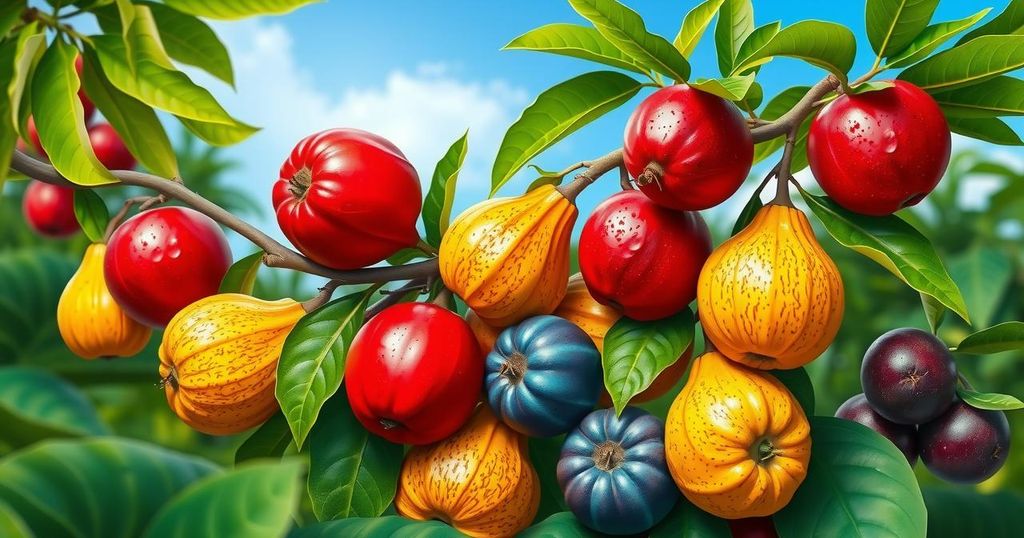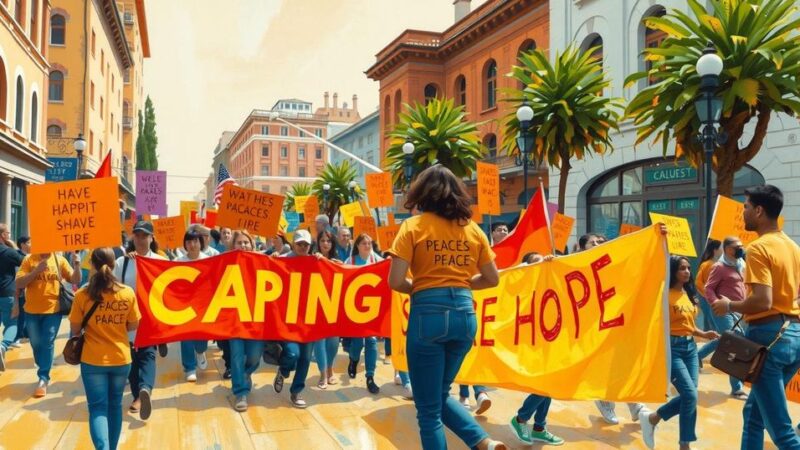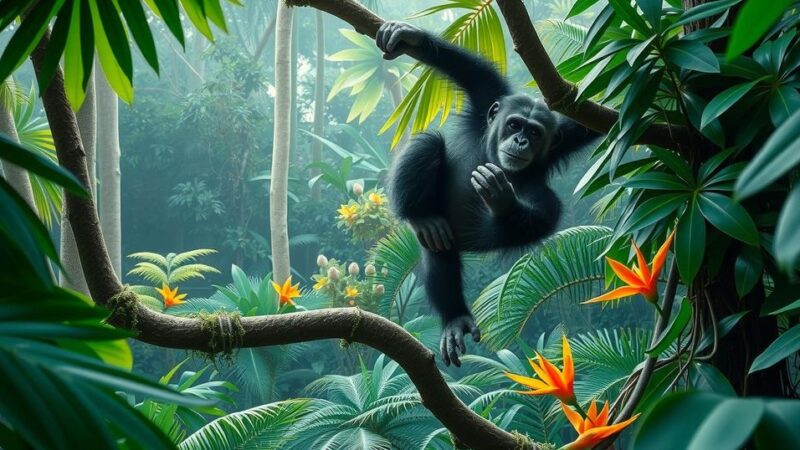Gian Paolo Daguer, the ‘Lord of the Fruit,’ advocates for the preservation of Colombia’s native fruit species via social media, highlighting their risk of extinction due to global dietary trends. His platform has cultivated a community dedicated to sharing knowledge and seeds, while promoting the usage of rare fruits in culinary practices. The loss of biodiversity underscores the critical need for sustainable efforts and education.
In Colombia, Gian Paolo Daguer, widely recognized as the “Lord of the Fruit,” advocates for the preservation of native fruit species through vibrant social media engagement. This 47-year-old environmental engineer showcases the flavors and benefits of rare fruits such as the lucuma, a tropical delicacy that is unfamiliar to many. Daguer describes the lucuma, which resembles a small coconut, as having a unique, caramel-like flavor despite its drier texture.
The plight of native fruits is concerning, as species like the lucuma face extinction due to their overshadowing by popular fruits such as mangoes and papayas. Carolina Castellanos, a biologist at the Humboldt Institute, notes that as diets become similar globally, local fruits are consumed less, resulting in their reduced cultivation and increased risk of disappearance.
An example of an endangered fruit is the churumbelo berry, indigenous to Colombia’s Boyaca department, now threatened by agricultural and mining practices. Daguer passionately describes the churumbelo’s sweet, pear-like taste, emphasizing his arduous journey to find this rare fruit.
Research conducted by the Humboldt Institute reveals that Colombia is home to approximately 3,000 edible plant species, with at least one in ten at risk of extinction. Deforestation for agriculture is significant, with vast areas cleared each year, heightening the urgency of Daguer’s mission.
To combat this loss, Daguer has created a community of more than 108,000 followers on his “frutas_colombianas” platform, sharing seeds at minimal cost and facilitating knowledge exchange among biologists, farmers, and chefs. He emphasizes the importance of documenting cultural knowledge about these fruits, as this grassroots movement plays a crucial role in their preservation.
Daguer anticipates that some fruits may vanish before they are identified and asserts the necessity for sustainable practices to protect ecosystems. Chef Antonuela Ariza aids in promoting biodiversity by integrating rare fruits into her restaurant’s offerings, reinforcing the idea that every fruit we consume contributes to their survival.
Shifting dietary habits toward local species is imperative, as “what we do not eat is lost,” Ariza cautions. Daguer’s dedication underscores the critical intersection of cuisine, culture, and conservation, advocating for replanting efforts to restore natural ecosystems and prevent loss of biodiversity.
The efforts of Gian Paolo Daguer highlight the urgent need to preserve Colombia’s native fruit species, which are at risk of extinction due to a homogenized global diet. Through social media outreach and community engagement, Daguer fosters awareness and appreciation for these rare fruits. Collaborative efforts with chefs and researchers emphasize the importance of integrating native species into culinary practices. Ultimately, education and sustainable consumption can play a significant role in safeguarding biodiversity for future generations.
Original Source: www.communitynewspapergroup.com






